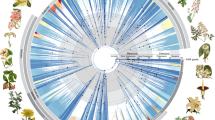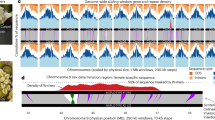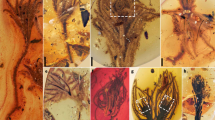Abstract
Flowering plants (angiosperms) appeared on Earth rather suddenly approximately 130 million years ago and underwent a massive expansion in the subsequent 10-12 million years. Current molecular phylogenies have predominantly identified Amborella, followed by Nymphaea (water lilies) or Amborella plus Nymphaea, in the ANITA clade (Amborella, Nymphaeales, Illiciaceae, Trimeniaceae and Austrobaileyaceae) as the earliest angiosperm. However, developmental studies suggest that the earliest angiosperm had a 4-cell/4-nucleus female gametophyte and a diploid endosperm represented by Nymphaea, suggesting that Amborella, having an 8-cell/9-nucleus female gametophyte and a triploid endosperm, cannot be representative of the basal angiosperm. This evolution-development discordance is possibly caused by erroneous inference based on phylogenetic signals with low neutrality and/or high saturation. Here we show that the 3rd codon transversion (P3Tv), with high neutrality and low saturation, is a robust high-resolution phylogenetic signal for such divergences and that the P3Tv-based land plant phylogeny cautiously identifies Nymphaea, followed by Amborella, as the most basal among the angiosperm species examined in this study. This P3Tv-based phylogeny contributes insights to the origin of angiosperms with concordance to fossil and stomata development evidence.
Similar content being viewed by others
Article PDF
Author information
Authors and Affiliations
Corresponding authors
Rights and permissions
About this article
Cite this article
Yang, X., Tuskan, G., Tschaplinski, T. et al. Third-codon transversion rate-based Nymphaea basal angiosperm phylogeny -- concordance with developmental evidence. Nat Prec (2007). https://doi.org/10.1038/npre.2007.320.1
Received:
Accepted:
Published:
DOI: https://doi.org/10.1038/npre.2007.320.1



